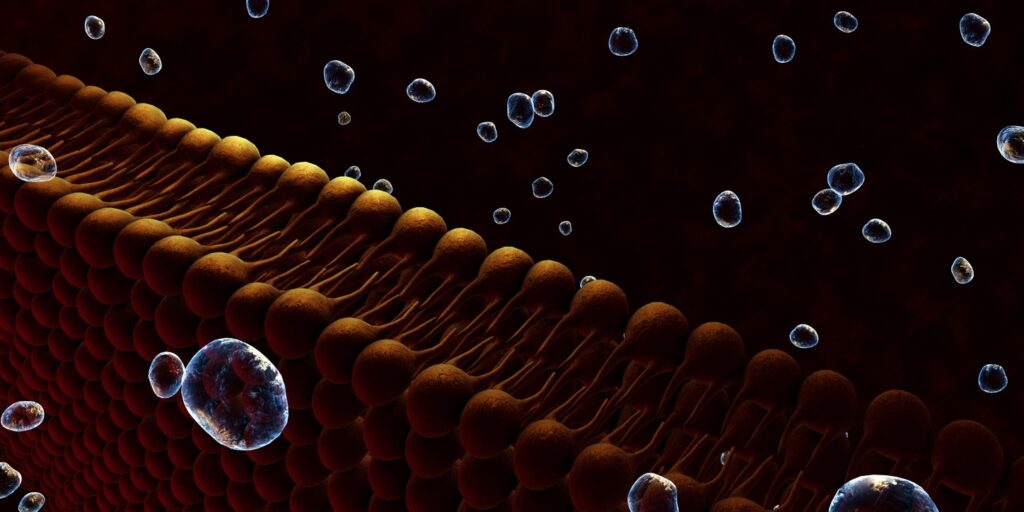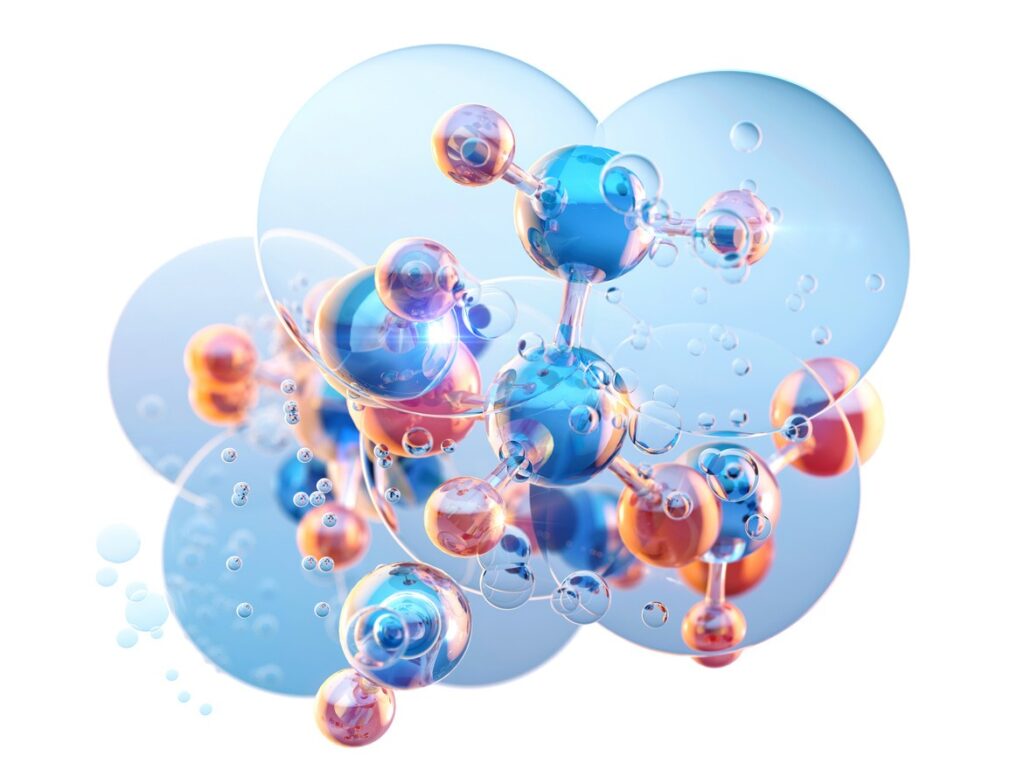Peptide Blog
All articles and shared info are for educational purposes only.
Latest Peptide Articles
Tesamorelin Peptide: Lipid Metabolism and Muscular Tissue Modulation
Tesamorelin is a synthetic peptide composed of 44 amino acids designed to closely mimic the structure and function of growth hormone-releasing hormone (GHRH). Modifications to its structure, particularly at the N- and C-termini, are believed to support its stability and resistance to enzymatic degradation compared to endogenous GHRH. These changes include the addition of an...
Ipamorelin & GHRP-2 Blend Research Into Growth Hormone Secretion
GHRP-2 and Ipamorelin are research peptides that are commonly referred to as growth hormone secretagogues (GHSs). This is because they both have the potential to interact with a specific subset of receptors in pituitary gland cells, which are called growth hormone secretagogue receptors. As evident from the name of the receptors, their activation may trigger...
CJC-1295 & Ipamorelin & GHRP-2 Blend Research Into Growth Hormone Secretion
CJC-1295 & Ipamorelin & GHRP-2 are research peptides that are believed to interact with different receptors on pituitary gland cells. These cells are thought to produce a wide variety of hormonal substances that consequently regulate other endocrine cells and tissues. CJC-1295 & Ipamorelin & GHRP-2, in particular, are thought to stimulate the potential of pituitary...
BPC-157 & TB-500 Blend’s Protective Potential in Various Cell Cultures
BPC-157 is a fully synthetic peptide consisting of 15 amino acids, classifying it as a pentadecapeptide. Also known as L 14736, PL-10, and Bepecin, this molecule has garnered scientific interest for its potential to interact with intracellular signaling pathways, possibly influencing mechanisms involved in tissue repair and regeneration. Studies suggest that it may promote angiogenesis—the...
Pinealon Peptide: Implications for Neuroprotection, Cellular Aging Mechanisms
Pinealon is a synthetic tripeptide composed of the amino acids L-glutamic acid, L-aspartic acid, and L-arginine (Glu-Asp-Arg)1. It is categorized as a peptide bioregulator because it has been hypothesized to interact directly with cellular DNA and influence gene expression, a property not commonly observed in peptide compounds. Research has associated Pinealon with a range of...
Semaglutide Peptide: Hunger Hormone Signaling Regulation
Semaglutide is a synthetic analog of the glucagon-like peptide-1 (GLP-1), an endogenous hormone consisting of 30 amino acids. The primary role of GLP-1 appears to support insulin secretion, lower blood glucose levels, and preserve pancreatic beta cells by stimulating insulin gene transcription. Additionally, it has been posited to delay gastric emptying, leading to appetite suppression....
AOD 9604 Research Into Fat Cell Metabolism and Lipolysis
AOD 9604 is described as a synthetic peptide derived from the C-terminal portion of the native growth hormone (GH). It is specifically derived from the last 15 amino acids (residues 177–191) of GH, with an additional tyrosine residue attached at the N-terminus, making it a peptide composed of 16 amino acids. Moreover, the AOD 9604...
Cardiogen Peptide: Studies on Cardiac Tissues and Cancerous Cells
Cardiogen (H-Ala-Glu-Asp-Arg-OH) is a short peptide classified as a bioregulator, primarily recognized for its potential influence on fibroblasts—cells responsible for tissue repair and scar formation. While initial research focused on its possible implications within the context of cardiovascular diseases, recent research suggests that Cardiogen's action may extend beyond the cardiovascular system, indicating potential implications in...
Matrixyl Peptide: Potential Impacts on Cellular Aging and Wound Repair
Matrixyl, chemically recognized as palmitoyl pentapeptide-3 (later renamed palmitoyl pentapeptide-4), is a synthetic lipopeptide composed of a fatty acid conjugated to a short chain of amino acids. Containing 5 amino acids (Lys-Thr-Thr-Lys-Ser-OH or KTTKS-OH), this peptide has a fatty acid portion that is speculated to support its lipid solubility, thereby potentially supporting ability to penetrate...









